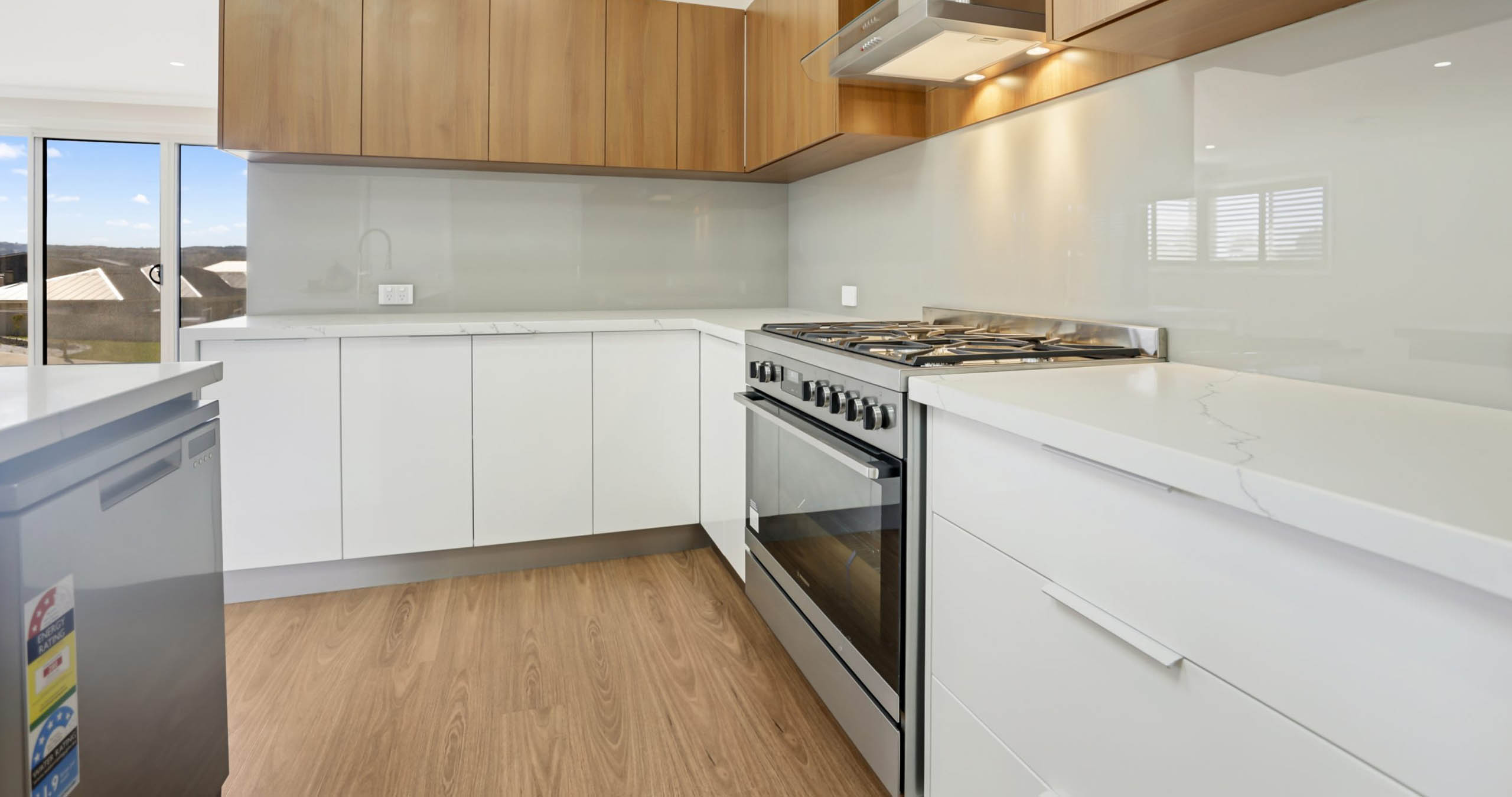Understanding a floor plan

Whether you’re building a new home, remodeling, looking for a house to buy or trying to determine how the space works in your home, learning how to read floor plans is a worthwhile exercise.
What is a Floor Plan?
Floor plans are to-scale drawings of the relationship between the different rooms, spaces and physical features of a single level of a building – in layman’s terms, floor plans are the layout of a single level of a building. Dimensions are usually included, allowing you to gauge the general size of the area.
Knowing how to read these plans are essentials for professionals and the everyday buyer, as they indicate the primary inclusions of a home. The floor plan shows you how many bedrooms and bathrooms are included, how much storage a home has, where walls and doors are placed and more. This allows you to understand how the rooms and spaces flow into one another, providing a visualisation of the building and how many people will be able to fit in each space, etc.
It should be known that floor plans are quite different to building plans. Floor plans offer only a conceptual starting point through a simple diagram of the layout, whilst building plans offer an in-depth blueprint with construction-ready drawings, allowing the professionals to build the house.
How to Read a Floor Plan
Measurements
Room sizes are typically indicated either by the width x height detailed in the middle of the room, or next to the walls along a line with an arrow at each end.
Symbols
At first glance, floor plans look quite simple. However, when you look closely, there’s quite a lot to decipher. Symbols on floor plans often fall into three categories: appearance (e.g, a bath looks like a bath), conventions (e.g, windows are denoted with three parallel lines), and labels (e.g, T stands for thermostat).
Some of the most common symbols on floor plans include:
![]()
- The scale – This lets you know what each length on the floor plan corresponds to in real life. This symbol represents a scale in cm.
![]()
- The compass – Informs you of the orientation of the property.

- Walls – Represented by lines. The thicker line generally represents the outer wall, with the thinner line representing the inner wall.

- Fireplace – This symbol represents a fireplace against a wall.

- Doors – Various door styles are represented by different symbols. In the diagram below, these symbols represent the three most common doors – single door, double door and sliding door.

- Windows – These symbols represent windows in a single casement and double casement.

- Stairs – Stairs are indicated by a series of lines and an arrow indicating the upwards direction. The style of the symbol indicates whether the stairs go straight up, change direction halfway, or are circular.

- Kitchen fittings & appliances – These symbols represent the different kitchen appliances, including a sink, sink with draining board, dishwasher, oven, cooktop, and fridge (refrigerator).

- Bathroom fixtures – These symbols denote a bath, corner bath, shower, sink, double sink, toilet, and a bidet.

- Wardrobe – Within bedrooms, a closet (if it has protruding doors) is represented similar to a protruding door with a dotted line to represent the rail.
What Can’t a Floor Plan Tell You About a Home?
Floor plans are only two-dimensional and don’t illustrate what the house will be like from a liveability or design perspective.
As houses continue to evolve and designs become more complex, floor plans – whilst still important – are becoming less reliable in expressing the true feel of a home design. Consequently, many designers are now using 3D models to more accurately represent the true design and style of a home.
Another great way to visualise what your home may look like is to look at other homes and by walking through display homes. These activities can provide you with valuable insight into what the design of a home looks like in person, and whether the floor plan on paper actually works in the real world.
Contact Us at Daniel Finn Builder for a Consultation
Floor plans are a great place to start, but moving past these two-dimensional drawings is essential in truly understanding the design of your new home. Here at Daniel Finn Builder, we understand the importance of understanding every aspect of your home before commencing the building process. Working with us through the design process will give you valuable insight into the true design of your home. Contact us today and begin the design adventure.
